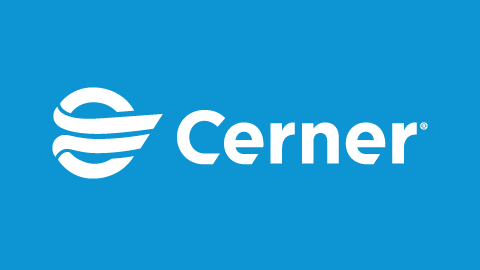As we approach the final months of 2021, the COVID-19 pandemic is still shaping healthcare around the world. Many organizations and communities continue to battle patient surges caused by the delta variant, while also managing vaccination efforts and trying to prepare for what’s next.
Annually, healthcare and technology leaders from across the globe convene at Cerner Health Conference (CHC) to share insights around the most pressing challenges and how we can solve them together. Here are five trending topics that will set the stage for CHC21 conversations and likely be healthcare focal points beyond the end of the year.
- 1. Driving operational efficiencies and insights
Sixteen months into the pandemic, many healthcare organizations are facing even more significant issues around clinician burnout than ever before. This is in addition to limited hospital capacity, understaffed facilities and financial losses. Centralized operations and near real-time situational awareness are critical for supporting clinician wellness, optimizing resources, mitigating risks and improving patient outcomes. Data and analytics can help health systems make informed and efficient operational decisions while providing quick and reliable access to the right data at the right time.
Cybersecurity is also top of mind for healthcare leaders as threats continue to grow and evolve. Ransomware attacks and other security breaches are too often devastating for clinicians and patients. Organizations must prioritize good cybersecurity hygiene and meet compliance and regulatory requirements. Increasing collaboration within the healthcare community, hiring cybersecurity consultants and using free resources like the frameworks offered by the National Institute of Standards and Technology can help close the cybersecurity gap. - 2. Creating strong data and network strategies COVID-19 has shown the importance of pivoting from a system to a community mindset that puts the person at the center of your healthcare network. Data and analytics can help drive unity between physicians, social services, payers and researchers. Healthcare organizations are using data and insights to embrace person-centric network strategies around social determinant of health initiatives, addressing the mental health crisis and embarking on value-based care journeys.
- 3. Supporting open platforms for connectivity and innovation Within the last decade, interoperability has transformed the local, regional, national and global healthcare landscapes. The pandemic has further solidified the importance of secure and simplified data exchange. While the April 2021 information blocking compliance deadline marked a major step forward on the regulatory front, organizations still face multiple roadblocks when it comes to interoperability. The industry is focused on enhancing data usability, keeping patients within network and getting the right data to the right place when it’s needed.
- 4. Optimizing access and the patient experience Cerner Ignite APIs are next on the horizon and both developers and healthcare organizations are looking forward to expanding electronic health record capabilities further than ever before. Healthcare has expanded well beyond the four walls of the hospital and now health systems must embrace new ways of doing business to meet the demands for virtual care and compete with nontraditional players like Walmart, CVS and Walgreens.
- 5. Enhancing clinician excellence and efficiency
The pandemic has also opened doors for the research community. The unprecedented speed of the COVID-19 vaccine effort revealed that we can deploy needed therapies faster than we ever imagined. By unleashing the power of real-world data fueled by everyday healthcare, we can help accelerate the discovery and deployment of extraordinary insights and groundbreaking therapies, all while providing the solutions needed to help launch or further clinical research capabilities.
A combination of regulations and technology is making innovation easier. For example, Cerner is working with Apple to enable patients to share personal heath data with their clinicians and family members in a secure and private way to facilitate more informed, meaningful conversations. With the recently released free iOS and iPad updates, patients can opt to automatically send data from their Health app, such as their heart rate and time spent exercising, to their physician. Easy to digest dashboards make it easy physicians to review these metrics with less burden.
Personalized communication is key if health systems want to retain patients for their everyday care needs. Technology can enable secure bi-directional communication between patients and healthcare organizations, robust patient portals and targeted outreach campaigns based on individual health needs. These types of digital capabilities have the potential to increase patient satisfaction and help organizations meet their business goals.
The current trends all have implications for the clinician experience. Workflow enhancements and integration within the EHR can help increase efficiency and tackle some of the causes of clinician burnout.
Consumer demands are shifting how and where care is delivered, and health systems must invest in training their staff to thrive in a personalized, convenient, data-enabled environment where best practices and intelligence are infused at the point of care.
2021 continues to be a complex and uncertain year for healthcare. But despite the challenges, dedicated leaders across the globe are using the power of healthcare IT to create a more efficient and effective ecosystem that empowers patients and clinicians.
Oct. 12 & 13, 2021, CHC21 will feature healthcare IT innovation and education sessions surrounding these topics at no cost to you. Click here to register now.





